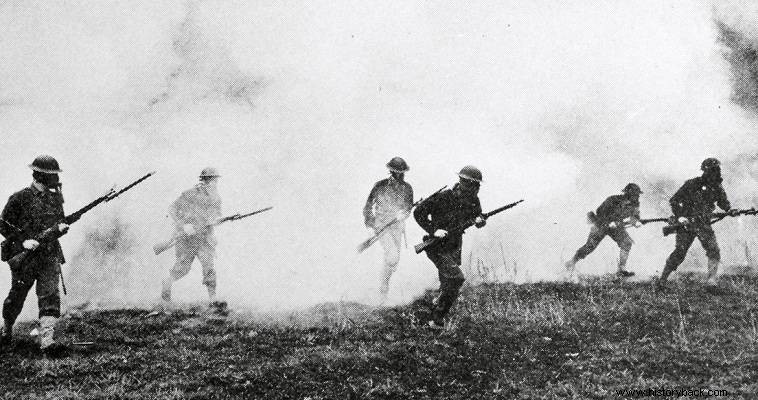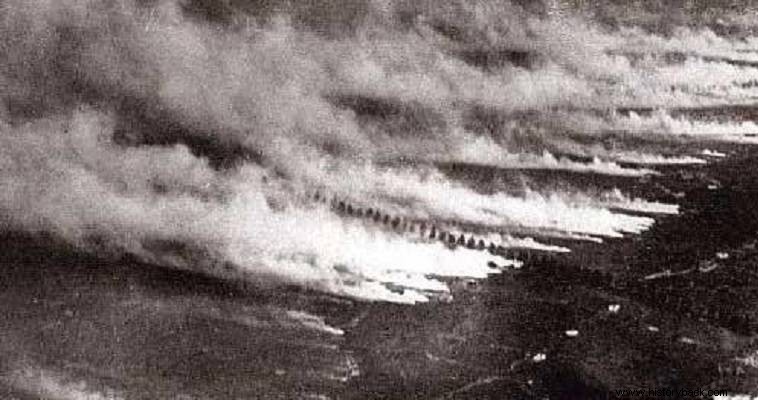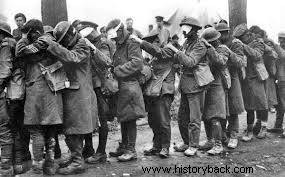
The well-known Italian poet of the Middle Ages, Dante, imagined hell as a dark place of torture. But he could never have imagined that hell, as he envisioned it and described it in his "Divine Comedy", would once exist on earth.
The air is stuffy. A few men with their gas masks stuck to their faces gasp in agony as they all think of the sight of their colleagues being harmed by chemical gases, the most horrific weapon of World War I (A' PP).
In hospitals, gas victims cannot breathe. They suffocate and, as Eric Maria Remarque vividly mentions in his work "None Younger than the Western Front", "they dry out their burnt lungs for days, before they die".
Others, in the trenches, those who did not have time to put on their masks, were discovered with bones. It was the new form of warfare, the ultimate horror, despite the fact that, ultimately, the mortality from chemical gases during WW1 it was relatively small.

The first chemical gases used in combat were tear gas (benzene bromide) and were used, on a limited scale, by the French Army. On April 22 the Germans launched the first large-scale chemical attack, with the deadly chlorine gas , releasing 340 t. of chlorine gas against the French positions.
The attack killed 800-1,400 men (sources disagree) and put 2-3,000 men out of action. A similar attack on the Eastern Front, in May 1915, put 5,000 Russian soldiers out of action.
The British responded, during the Battle of Loos, in September 1915, also with chlorine , causing panic among the German soldiers. Germans and French used the especially deadly phosgene. In 1917 opponents began using hypericum, a gas that became known as "mustard gas" ", because of its peculiar smell.

The Germans called it "green cross" gas, because of the marking of shells filled with the gas. In the same period the Germans used the "blue cross" gas.
This chemical was based on compounds of carbon and arsenic. This gas "burned" every exposed part of the body, on which it settled.
Chemical attacks, however, despite the horror and terror they caused, are estimated to have killed only 3% of the men they attacked . Another percentage of affected men, about 2%, suffered permanent damage from the gases, while 70% of affected men were able to return to duty within six weeks of their exposure.
The total losses from chemical gases, according to WWI, are estimated at 88,500 dead and 1,240,850 wounded soldiers.
